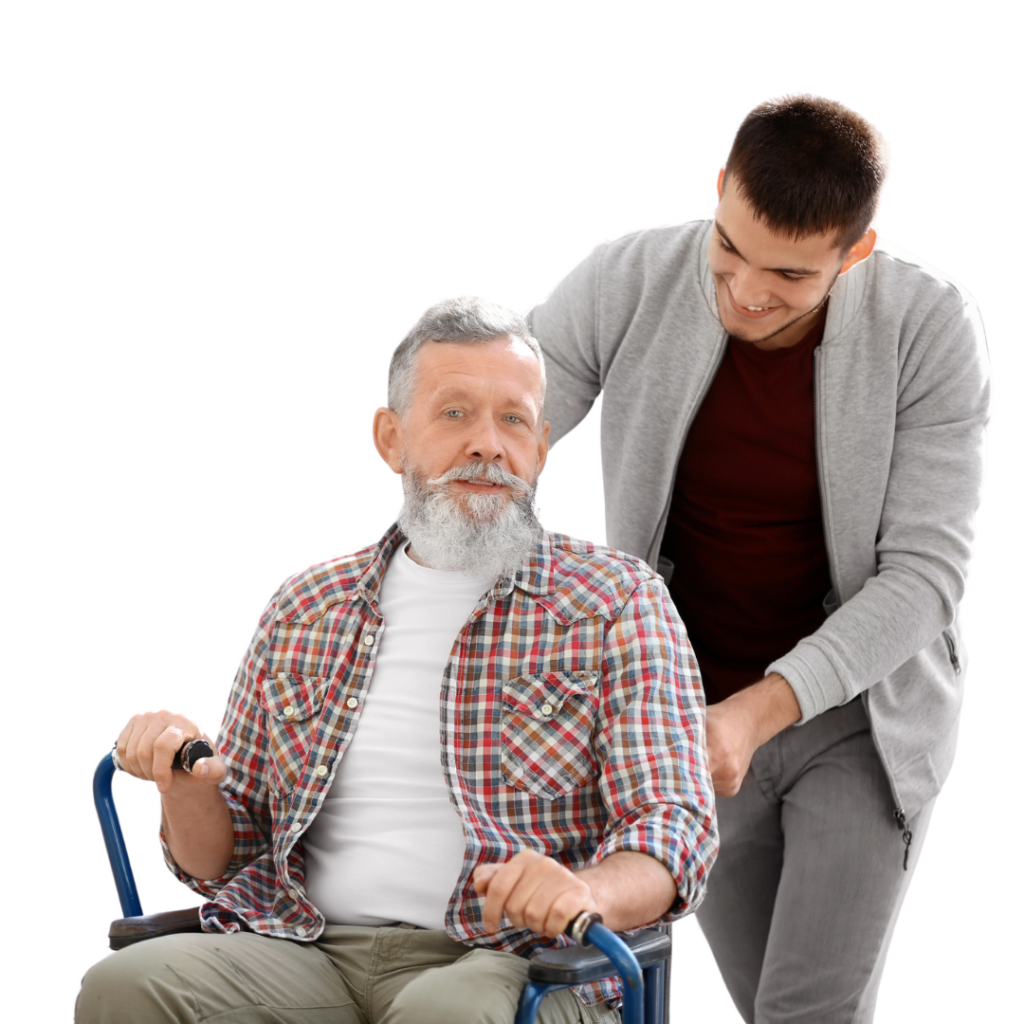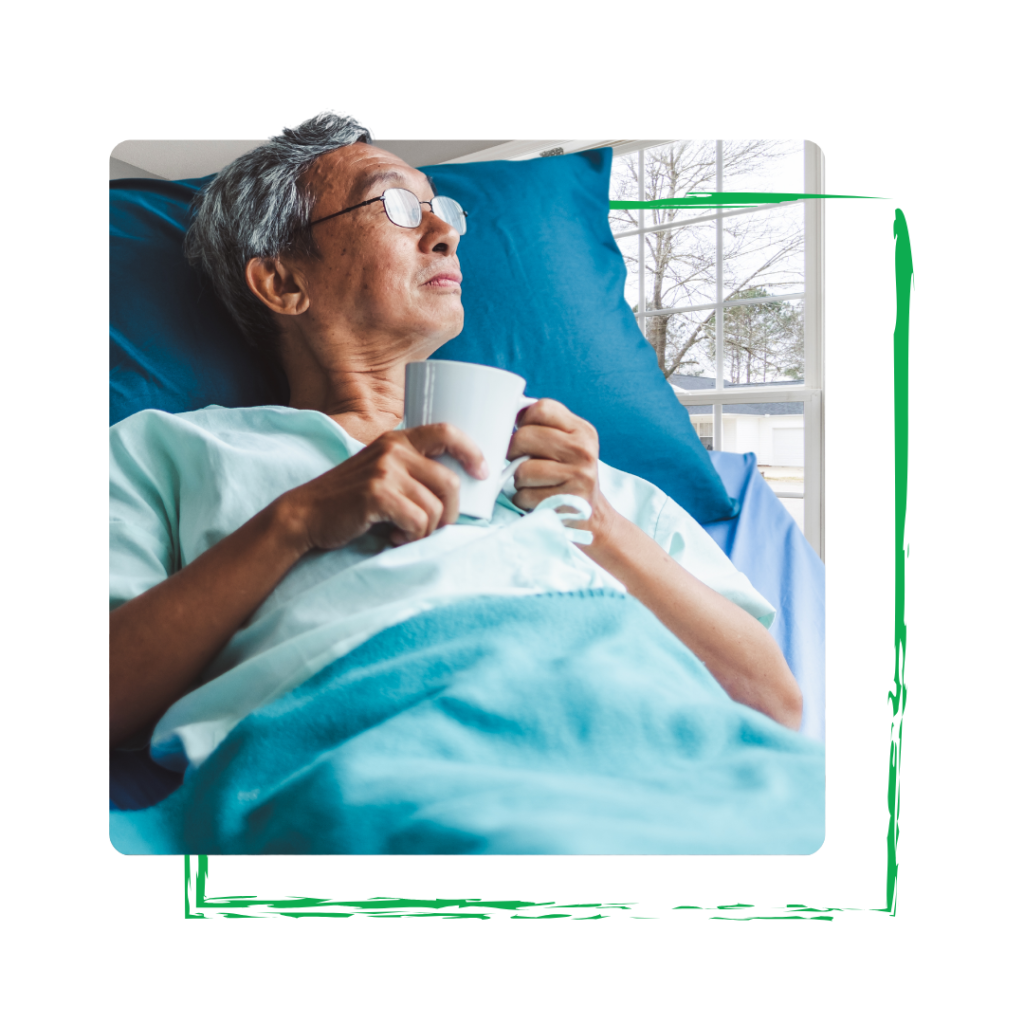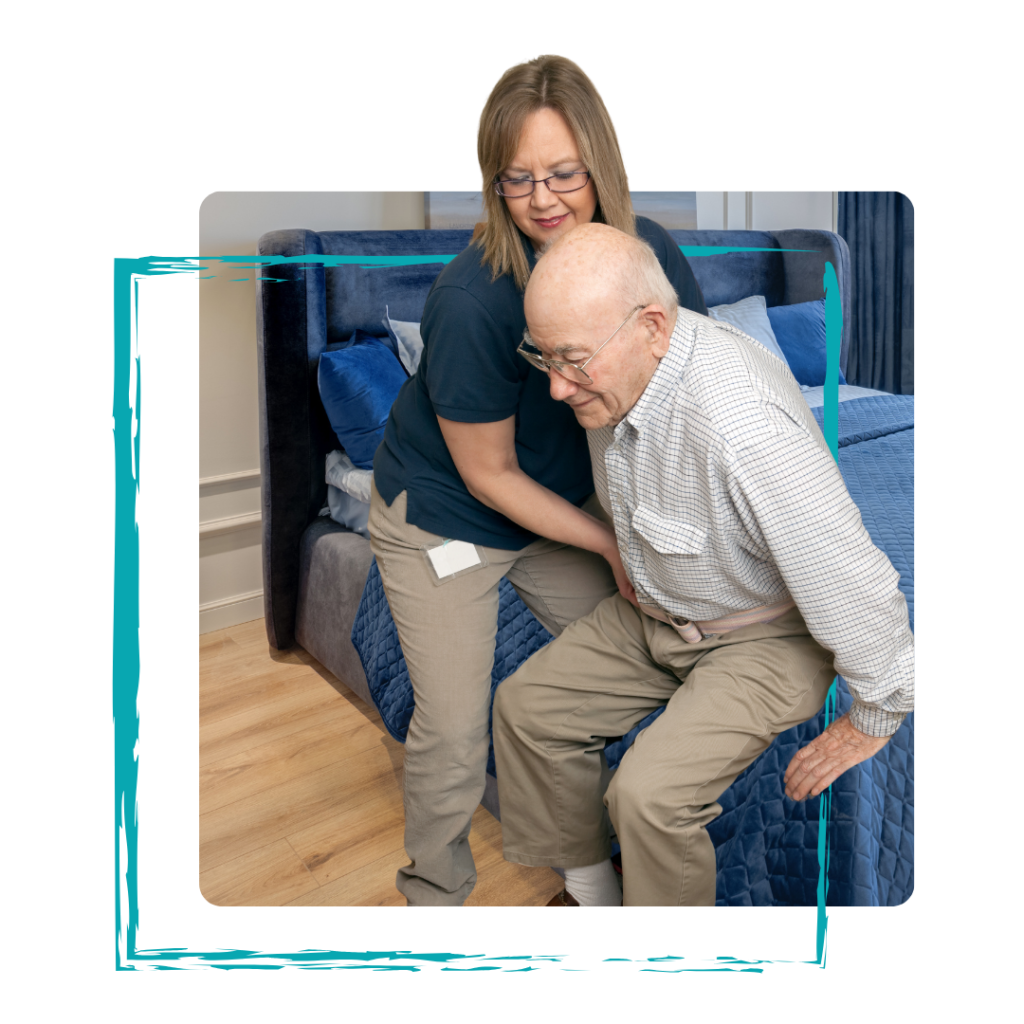For caregivers, ensuring proper techniques during transfers isn’t just about efficiency—it’s about preventing injuries, building trust, and safeguarding the well-being of both parties involved.

Transfers can pose significant risks, including falls, strains, and other injuries. Factors such as the individual’s strength, mobility and cognitive abilities, as well as the environment nd equipmet used, all play a role in transfer safety. Transfers within caregiving pose iherent risks that must be understood ad mitigated to ensure the safety and well-being of both the caregiver ad the individual being assisted. These risks extend beyod the potential for physical injury and encompass various factors that influence the transfer process.
Individuals requiring assistance with transfers often have varying degrees of physical vulnerability due to factors such as age, illness, injury, or disability. Frailty, muscle weakness, and impaired mobility can increase the likelihood of falls or injuries during transfers.
Cognitive impairments, such as dementia or cofusion, can impact an individual’s ability to understand and follow instructios during transfers. This lack of comprehension may lead to resistance, unexpected movements, or difficulty cooperating, increasing the risk of accidents.
The transfer environment plays a significant role in safety. Obstacles such as furniture, loose rugs, or cluttered pathways can increase the risk of trips and falls. Additionally, inadequate lighting or slippery surfaces further heighten the risk of accidents during transfers.
Dependence on assistive devices such
as transfer belts, hoists, or wheelchairs introduces the risk of equipment malfunction or failure. Improper use, lack of maintenance, or faulty equipment can compromise the safety of transfers and result in injuries to both the caregiver and the individual being transferred.
Inadequate training in transfer techniques and communication skills can contribute to unsafe practices. Improper body mechanics, lifting techniques, or unclear instructions may increase the risk of strain, falls, or misunderstandings during transfers.
Psychological and emotional factors, such as fear, anxiety, or discomfort, can influence the transfer experience for both the caregiver and the individual. Fear of ralling, embarrassment, or distrust may lead to resistance, hesitance, or non- compliance, affecting the safety and effectiveness of transfers.
Understanding these risks underscores the importance of comprehensive training, proactive risk assessment, and effective communication in ensuring the safety and dignity of individuals requiring assistance with transfers. By addressing these challenges with diligence and compassion, caregivers can mitigate risks and promote a safe and supportive environment for all involved.

Clear communication is essential during transfers. Explain each step of the transfer process to the individual and ensure they understand what is expected of them. Use simple, concise instructions and allow them to ask questions or express concerns.
Proper body mechanics are crucial for preventing injuries to both the caregiver and the idividuall being transferred. Some key priciples include:


When appropriate, utilize assistive devices such as transfer belts, gait belts, or mechanical lifts. These tools can provide added support and stability during transfers, reducing the risk of injury.
If possible, enlist the help of another caregiver or healthcare professional during transfers, especially when dealing with larger individuals or those with limited mobility. Working as a team can make transfers safer and more efficient.

Safe transfer techniques are essential to prevent injuries to both caregivers and individuals being assisted. Proper training ensures that transfers are efficient, minimize physical strain, and reduce the risk of falls, which are common among those with limited mobility or physical vulnerabilities.
Transfers carry risks such as falls, muscle strains, and equipment malfunctions. Factors like the individual’s physical and cognitive condition, environmental hazards (e.g., cluttered spaces, slippery surfaces), and improper use of assistive devices can significantly increase these risks.
Caregivers can use assistive devices like transfer belts, gait belts, and mechanical lifts to provide added stability. Proper body mechanics—such as maintaining a wide base of support, bending at the knees and hips, and avoiding twisting—are crucial to preventing injuries. Clear communication and teamwork further enhance safety.
For individuals with cognitive impairments, such as dementia, clear and concise communication is key. Caregivers should explain each step patiently and use simple instructions. Addressing the individual’s concerns, maintaining a calm demeanor, and seeking assistance when necessary can make the transfer process smoother and safer.
Where does your caregiving journey need support? CareAcademy offers a comprehensive range of training solutions tailored to your unique needs. Contact us today, and together we’ll help you build the skills and confidence needed to excel in caregiving and make a meaningful difference.

Partner with Home Care Training Solutions to elevate your caregiving career through personalized training, expert instruction, and industry-leading education solutions. Reach out today to explore our courses and start building a brighter future in caregiving.